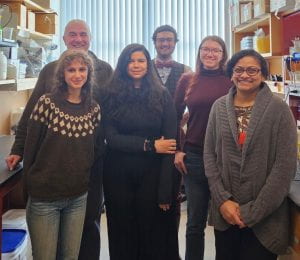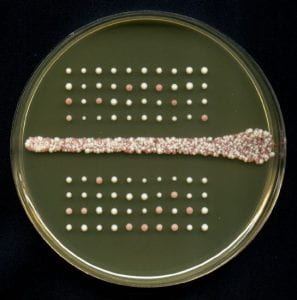Welcome to the Alani Lab
Department of Molecular Biology and Genetics
Cornell University


At the Alani lab we use genetic, biochemical, single-molecule, and population genetic approaches to examine interactions between mismatch recognition complexes and other DNA repair, recombination, and replication factors.
Current projects in the lab are described in the Research section. Please feel free to contact anyone in the lab for more information on the studies being carried out.
459 Biotechnology Building
Cornell University
Ithaca, NY 14853-2703
Phone: (607) 254-4811


